Good things don’t always come easy. In my old film days, when digital photography still was a wild sci-fi prophecy, I always had a Rollei 35 in the pocket, occasionally a Minox. Beautiful little, sturdy, legendary cameras, absolutely reliable in whatever task and environment. A Rollei was the perfect partner for the early sturm und drang years – of course there was Leica as well, just couldn’t afford it. Now? Doing my first serious Leica steps.
This in advance: never thought I’d enjoy more megapixels that much. The 60MP allow for a whole new experience of photography with the ability to crop. The feel of the (black) body in hand is simply irresistible, love the clean design. No Leica letters on the front, no number, just pure reductionism.
The (few) downs so far? Firmware is buggy and got a lemon first with a faulty in-viewfinder metering display. Also forget about the neck strap that comes with the camera. Such poor quality, it began to fray at the ends after a few weeks only. But guess it’s the name of the game that in Leica-verse you need your own third-party strap. But back to how I ended up with this Leica:
Later on in these early days I worked with the beautiful Contax G2 with the spectacular Carl Zeiss lenses – the Biogon 28/2, Planar 35/2 and Planar 45/2. Some of my still today best photos were shot with these pairings. Sold the gear for my first digital camera setup: the early Olympus E-System.
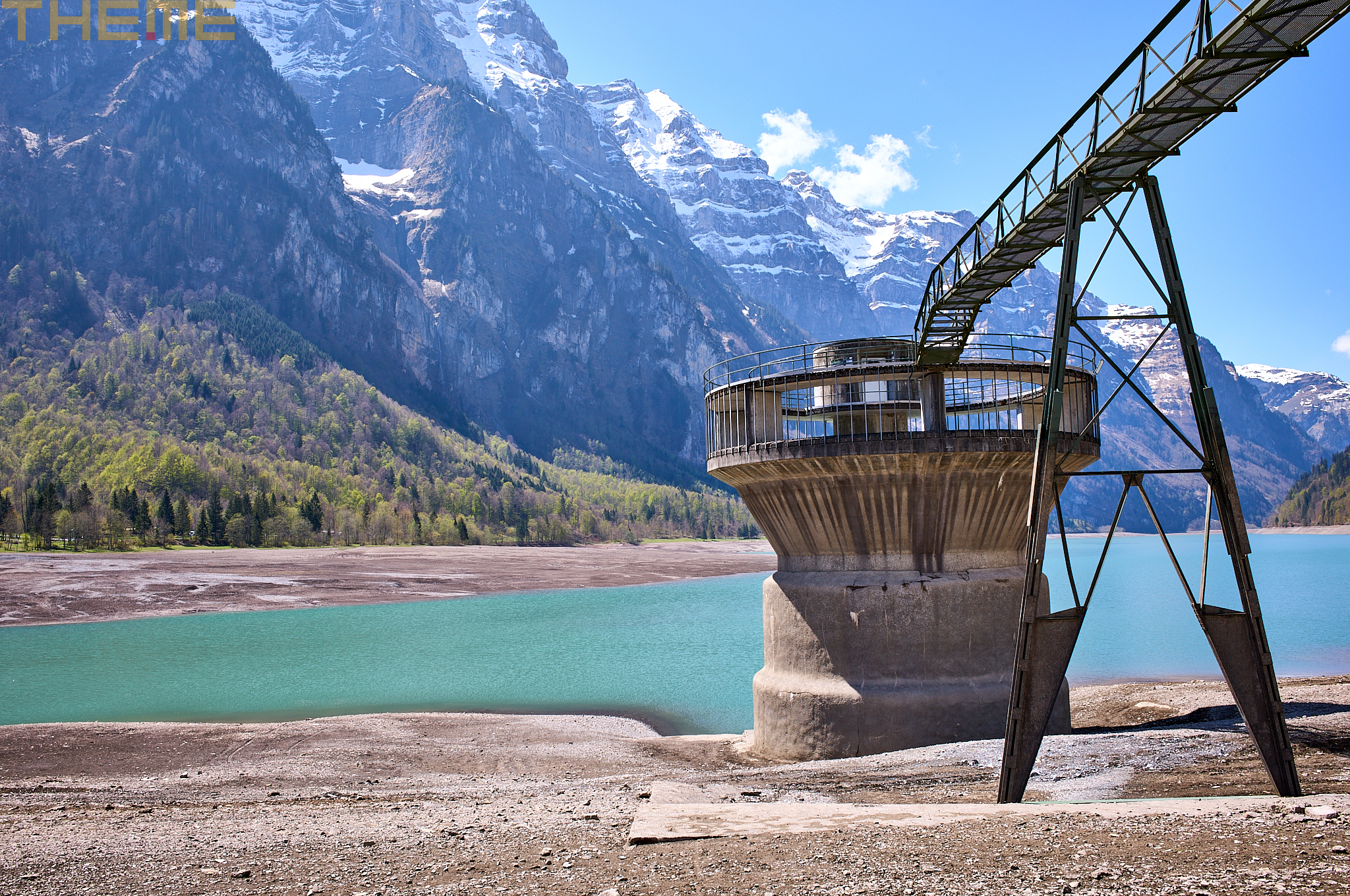
In 2003 I was the first one in Thailand to get the freshly imported Olympus E-1, pioneer of the then introduced Microfourthirds M43 standard. The E-1 was, for its time, a surprisingly well performing camera with a 5MP CCD sensor and great color output – in daylight, that is. Then the reddish skin tones. Never got over the sensor’s redcast rendering, no editing could conquer that flaw.
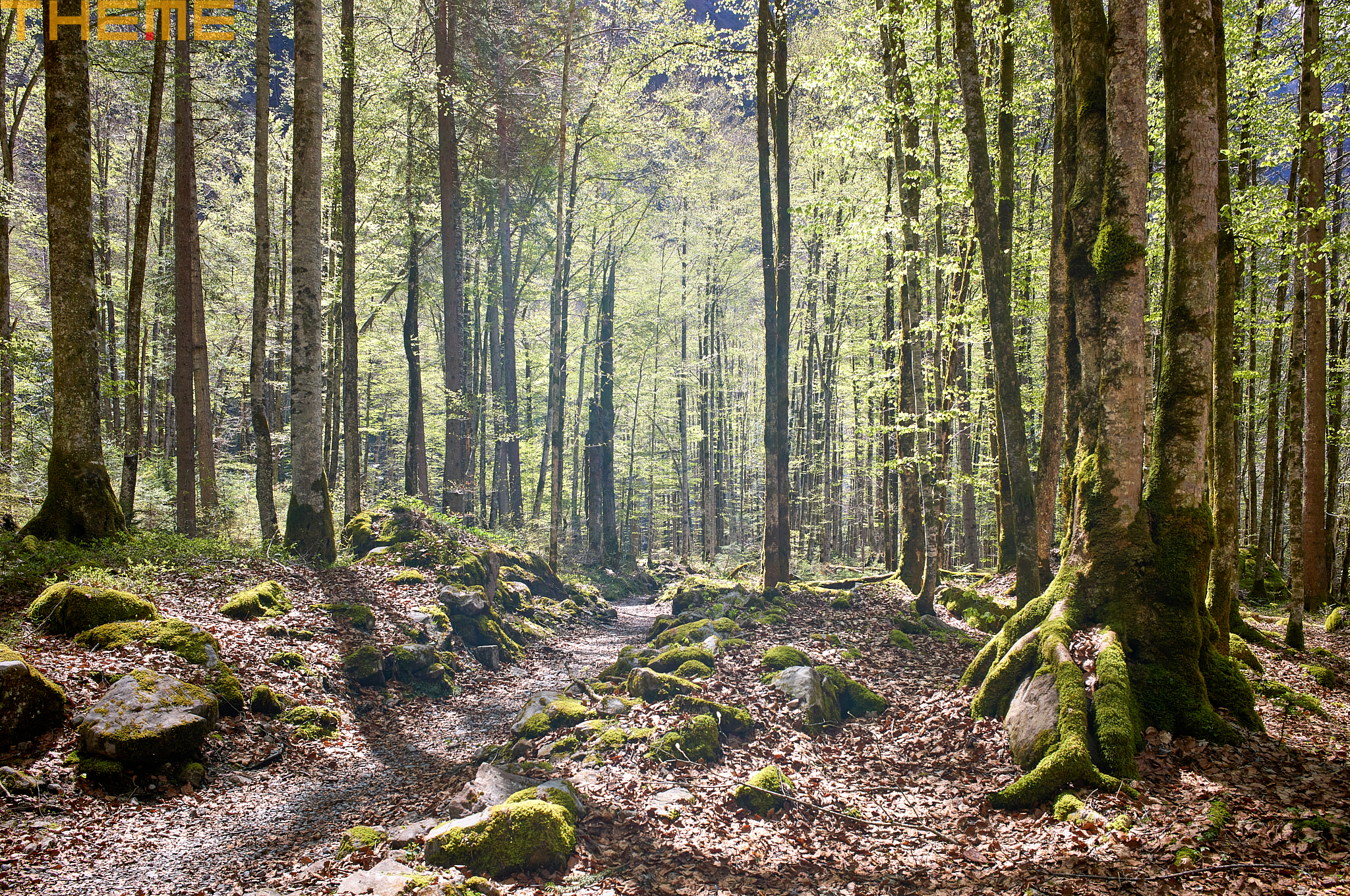
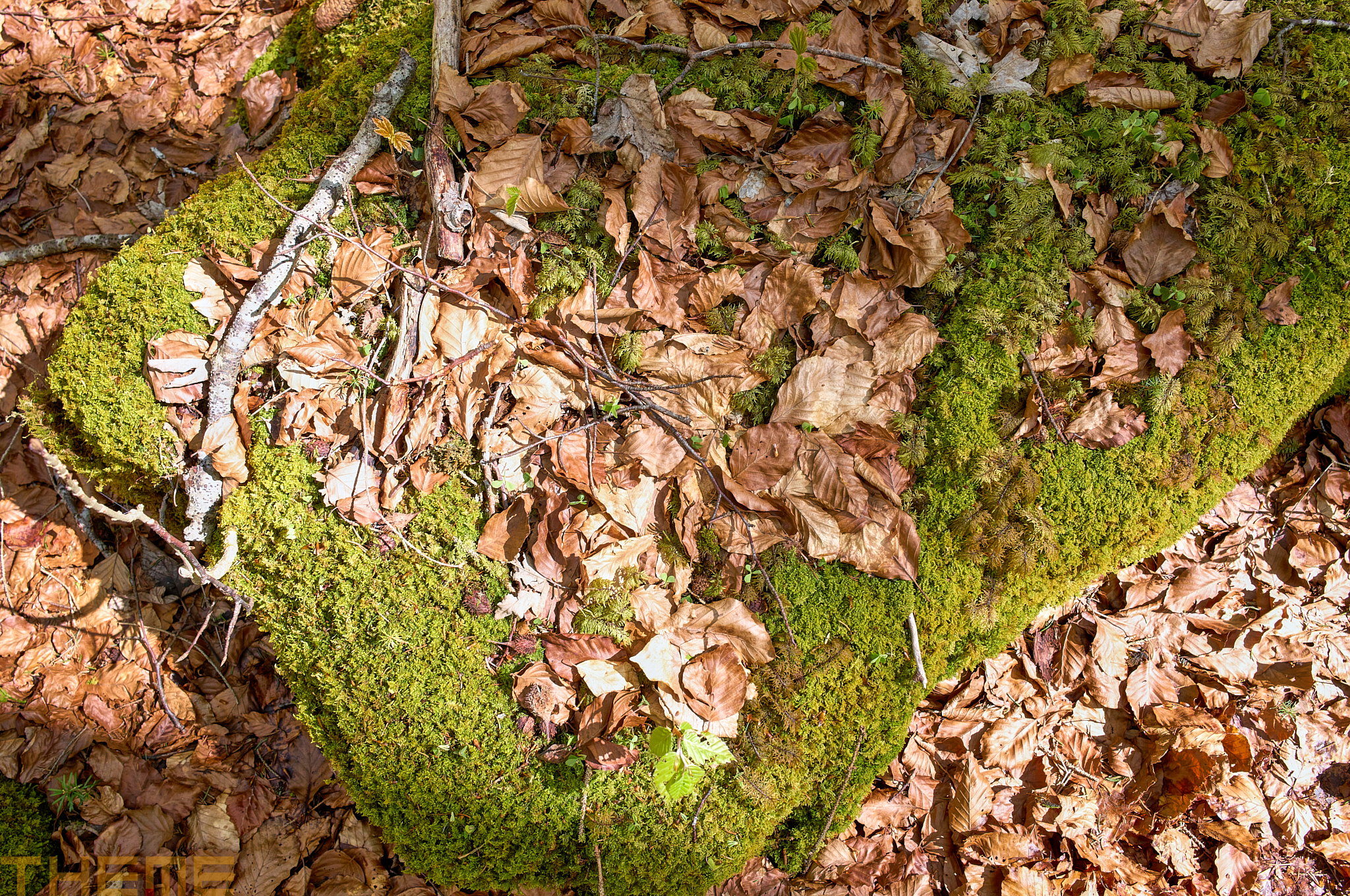
Then in 2009 I thought to be ready for the first Leica, that is: the first digital M, announced on September 9, 2009. Yet I hesitated again, looking at the prices and likely teething issues with this earliest digital M model. On and off I did some portrait work with digital Leica Ms that I could get my hands on. That’s where – in my opinion – Leica glass shines most, in portraiture. Yet, it would take another 13 years until I finally got my first own Leica: the M11. But not too fast.
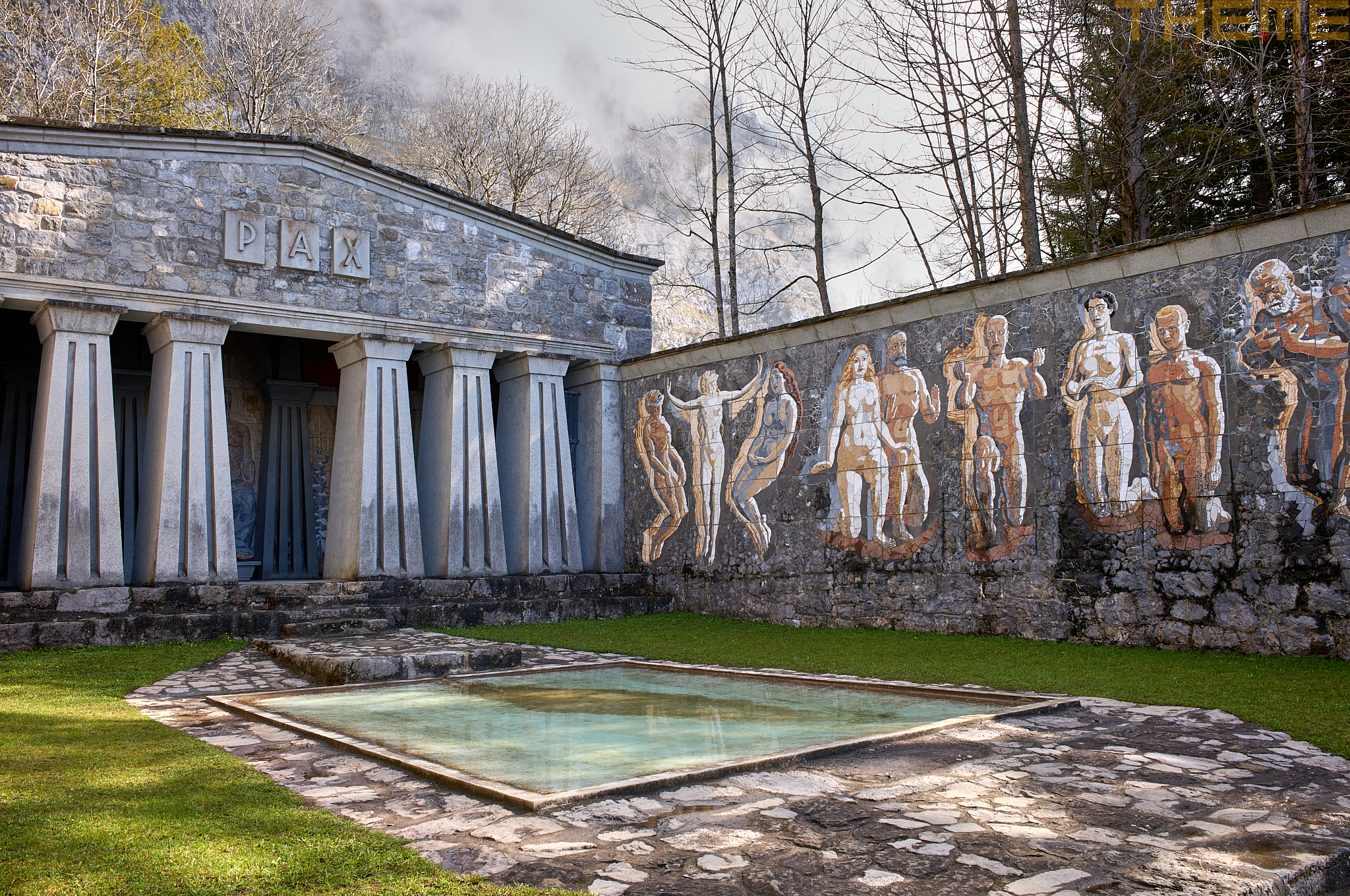
Since I’m not a zoom shooter and always loved primes and the aesthetics of manual film photography, the Nikon Df plus a fast 28mm and 50mm were the next logical steps. Yet, that gear remained mainly untouched. Heavy, bulky, cumbersome.
And the iPhone’s ease of use and meanwhile astonishing photographic capabilities made the Nikon setup more and more redundant.
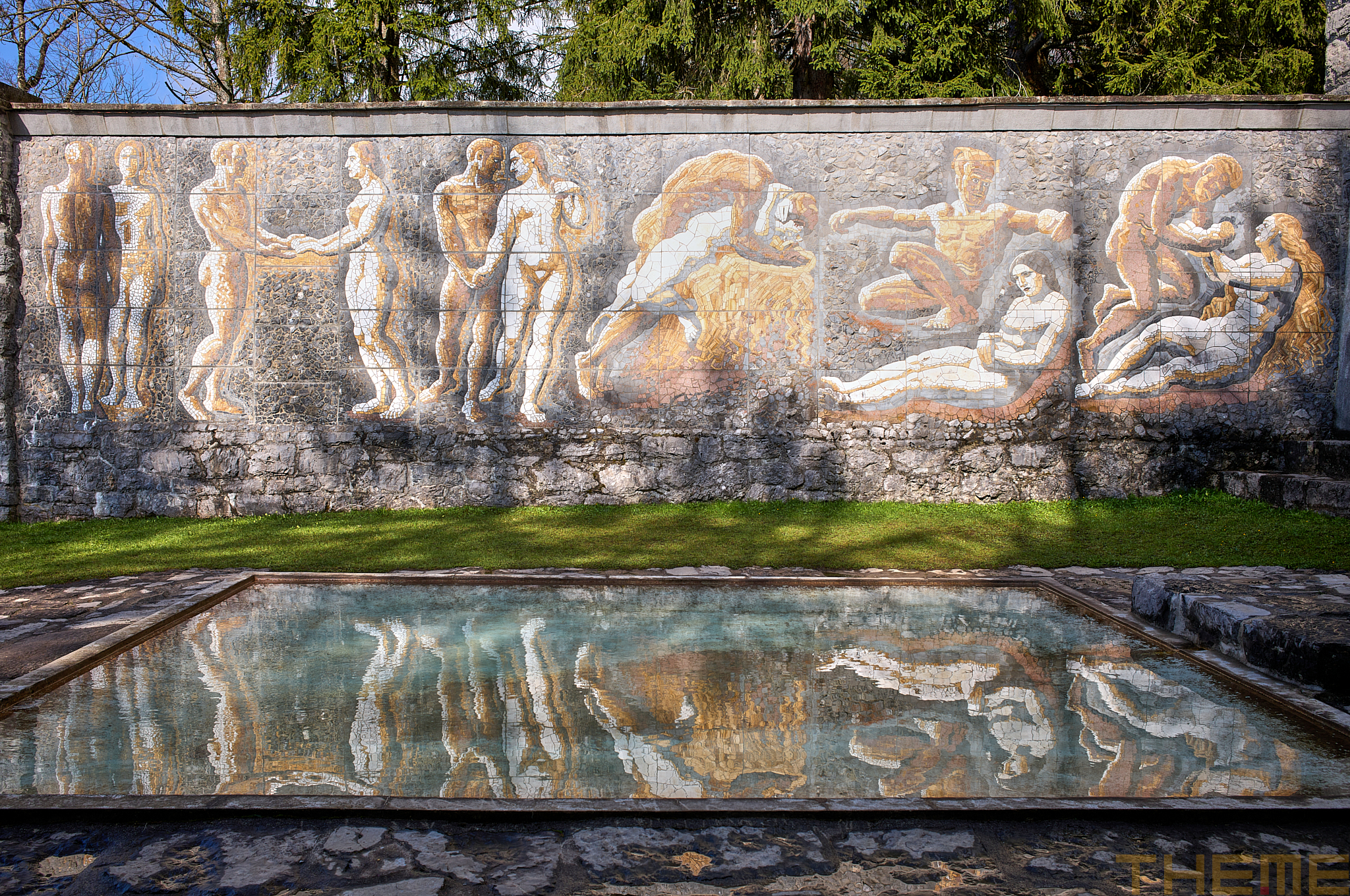
Which made me go to the nearby Leica Store recently. Got the M11, the just announced Summicron 28/2 ASPH Matte Black Paint, a good price for the Nikon gear – and couldn’t be more pleased with the change.
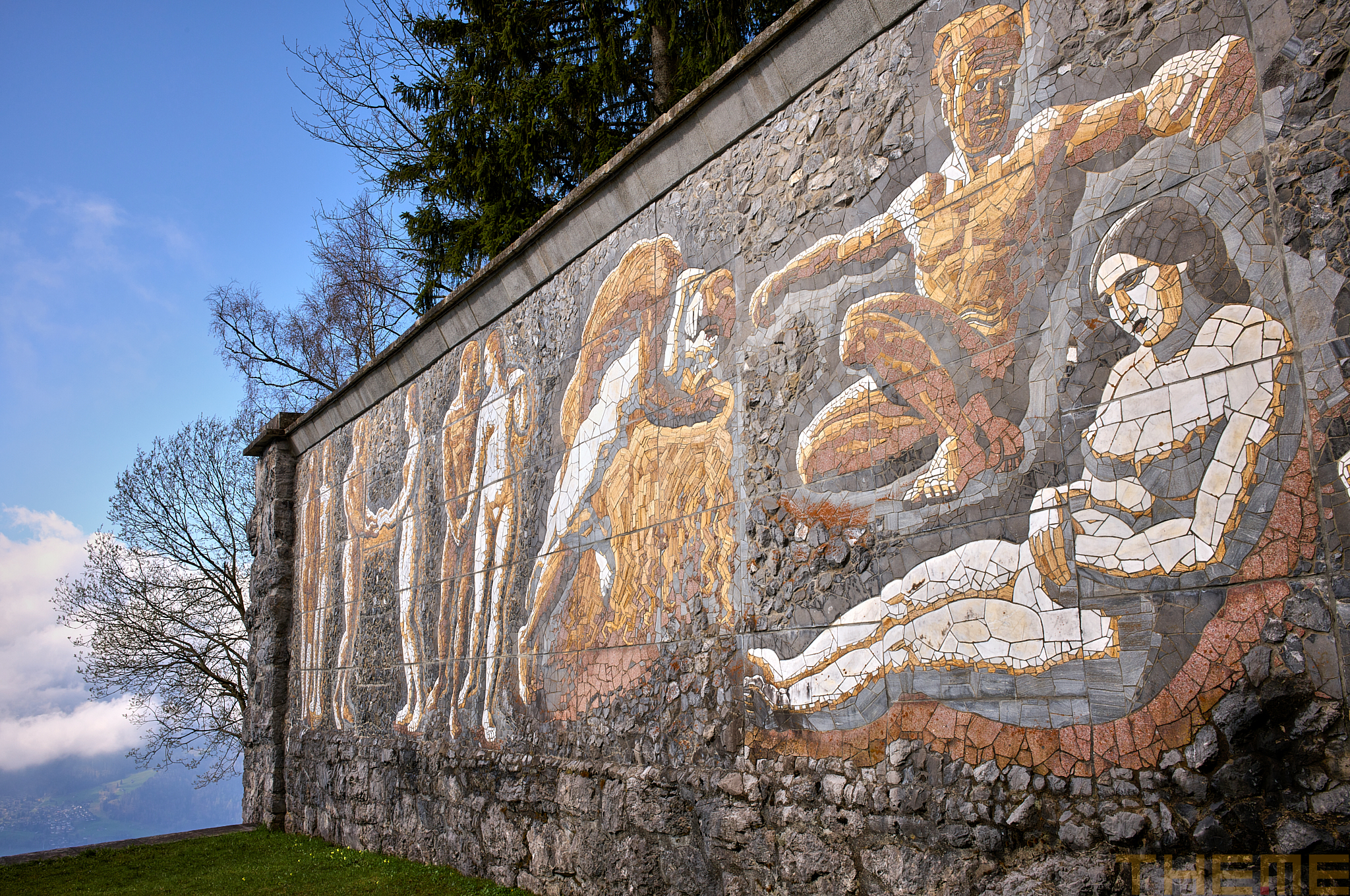
Just the haptics and “Das Wesentliche,” “The Essential.” The M11 is pure minimalism. Sure, there’s some clutter in the menu and firmware is still buggy. The hardware, the physics, however, are what I’m most pleased with. Of course with my favorite focal length. What else one needs?
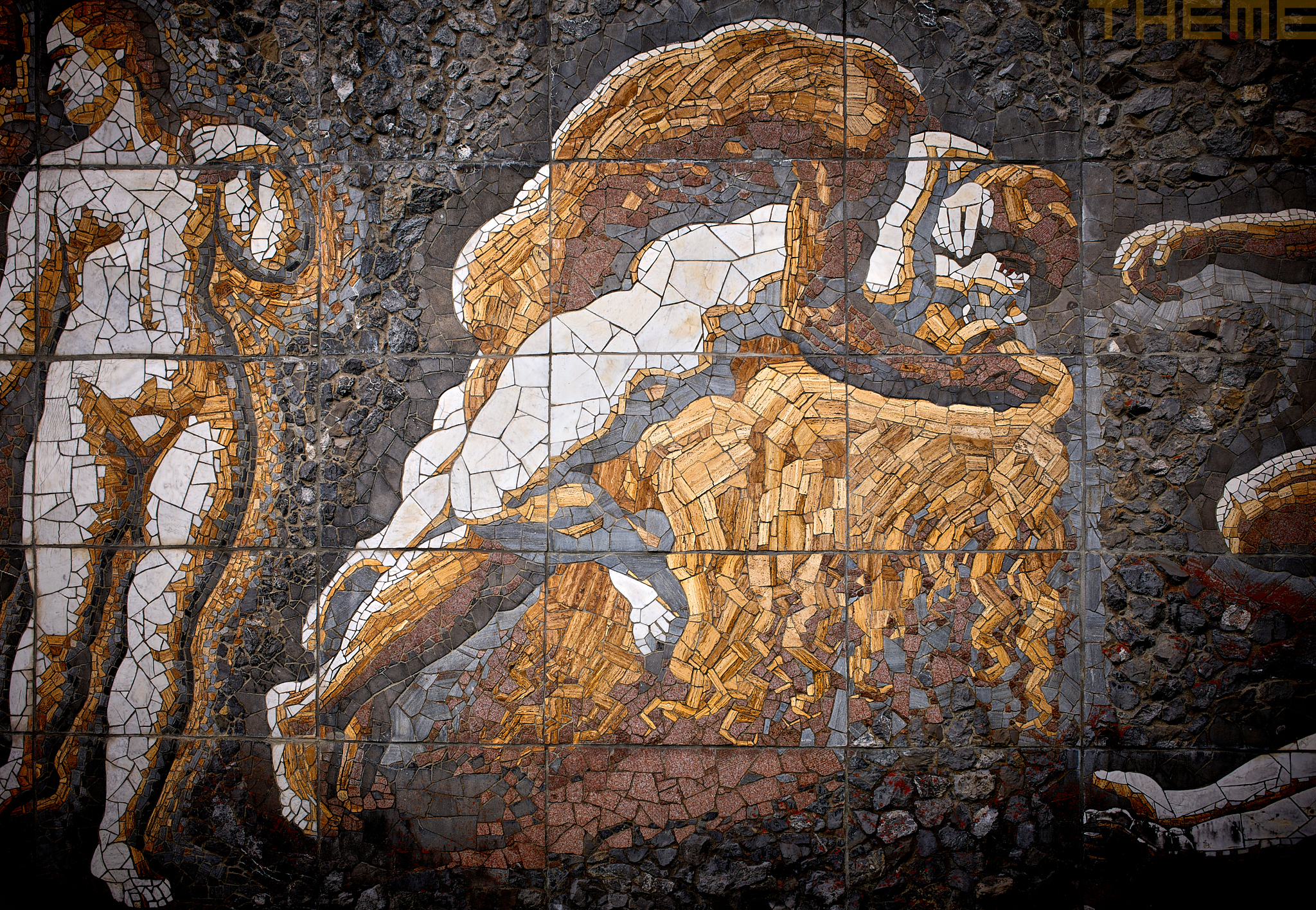
My retro-styled Nikon Df was, in comparison, a overly buttonized and ambitous retro machine. The M11 is an epitome of timelessness.
Amazing sensor
The dynamic range and color depth of this sensor don’t compare to anything I’ve yet used. Details are preserved in most difficult light conditions. That sensor is so robust, resilient and able to work under most demanding conditions, it’s sheer pleasure. Say goodbye to blown out highlights, and while this is mainly an issue by the lens optics used: images are sharp as a tack even in the extreme corners. Vignetting? Purple fringing? Still looking for any…
DxOMark gives the M11 sensor a whopping 100 score rating. Honestly, no surprise. One of the few top sensors ever. Medium-format quality in a full-frame package. DxOMark’s verdict:
Sure, it’s a pricey option for most people, but no one can say the Leica M11 is lacking in any way. Small and stealthy and with the black model now weighing less than its film siblings, the Leica M11 is going to appeal to a wide audience. Every practitioner of social documentary, street, portraiture, and landscape genres will want one.


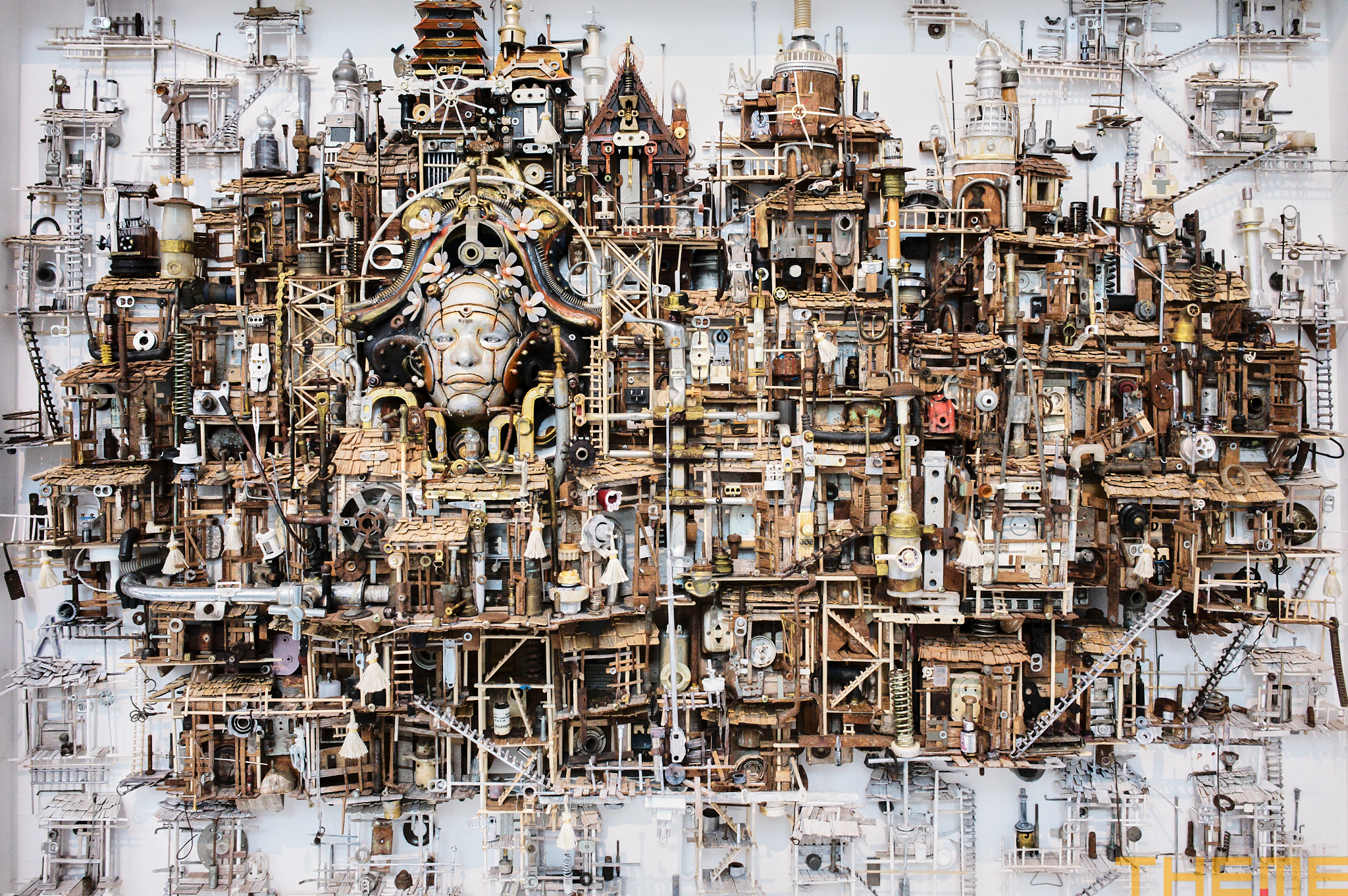
Stunning detail
The 60 megapixels sensor render stunning detail. I usually shoot around 1/160th and get crisp and clear visuals. You can zoom in and zoom in… incredible, what detail is delivered that the eye actually is not aware of. One can literally see dust particles. Plenty of potential to crop, even though of course the real challenge is to anticipate and properly shoot without cropping.
Of course I’ll share more soon. Still getting acquainted with the new combo. Looks like I might be covered, gear-wise, for a while. Am pretty impressed so far.
Caveats
Pricey camera? Of course. Overpriced? Depends. This latest M delivers in ways no other brand does.
Nonetheless, there are some astonishing quirks. Only to mention the “human factor” of a Leica camera. Human factor? That’s right. Manual assembly of a camera does take some 14 hours – and does not work with the precision of a machine. That can make a Leica quite unique, in a rather flabbergasting way. Plus, as mentioned at the beginning, basic quality control issues. More soon.
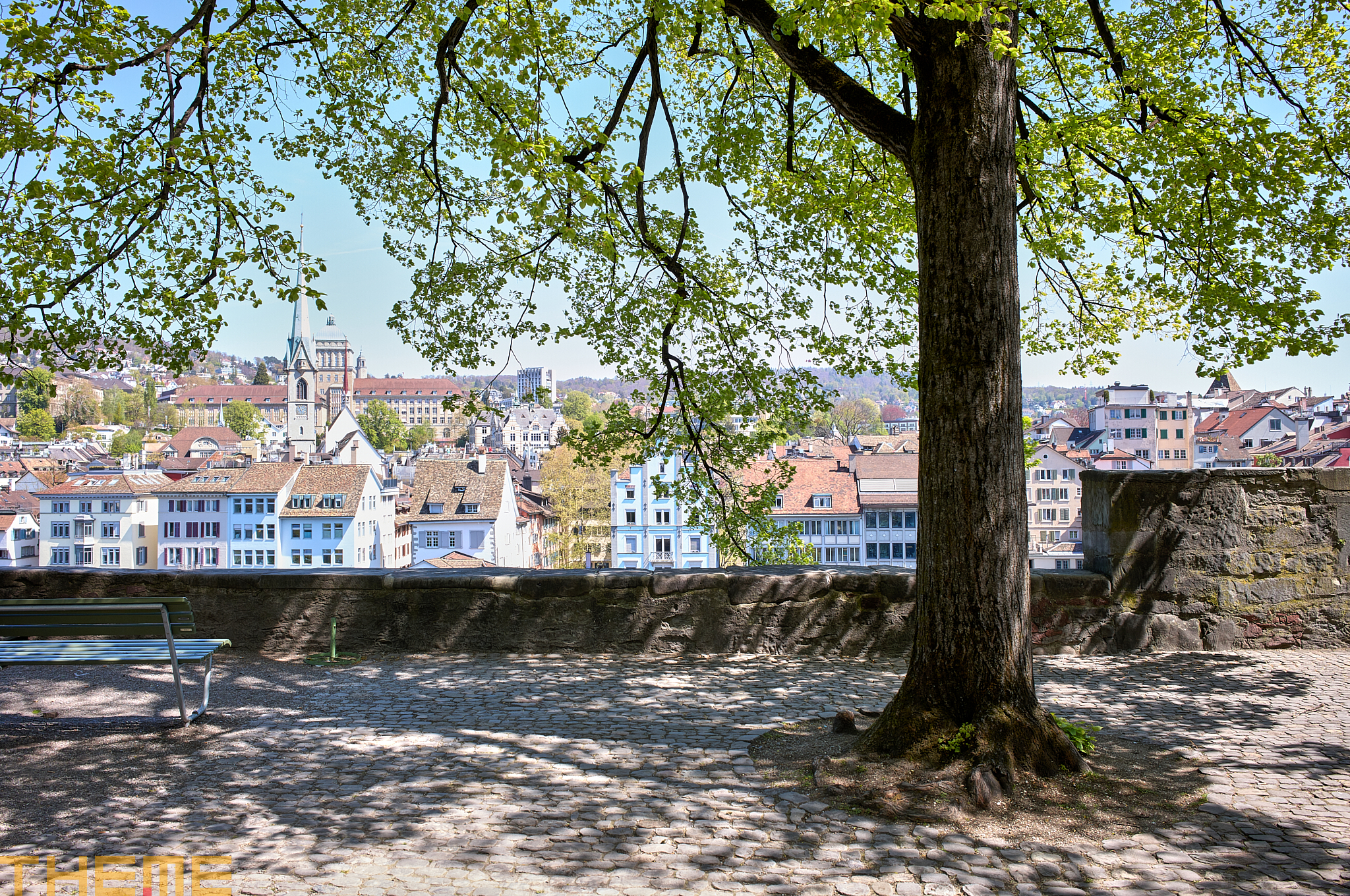
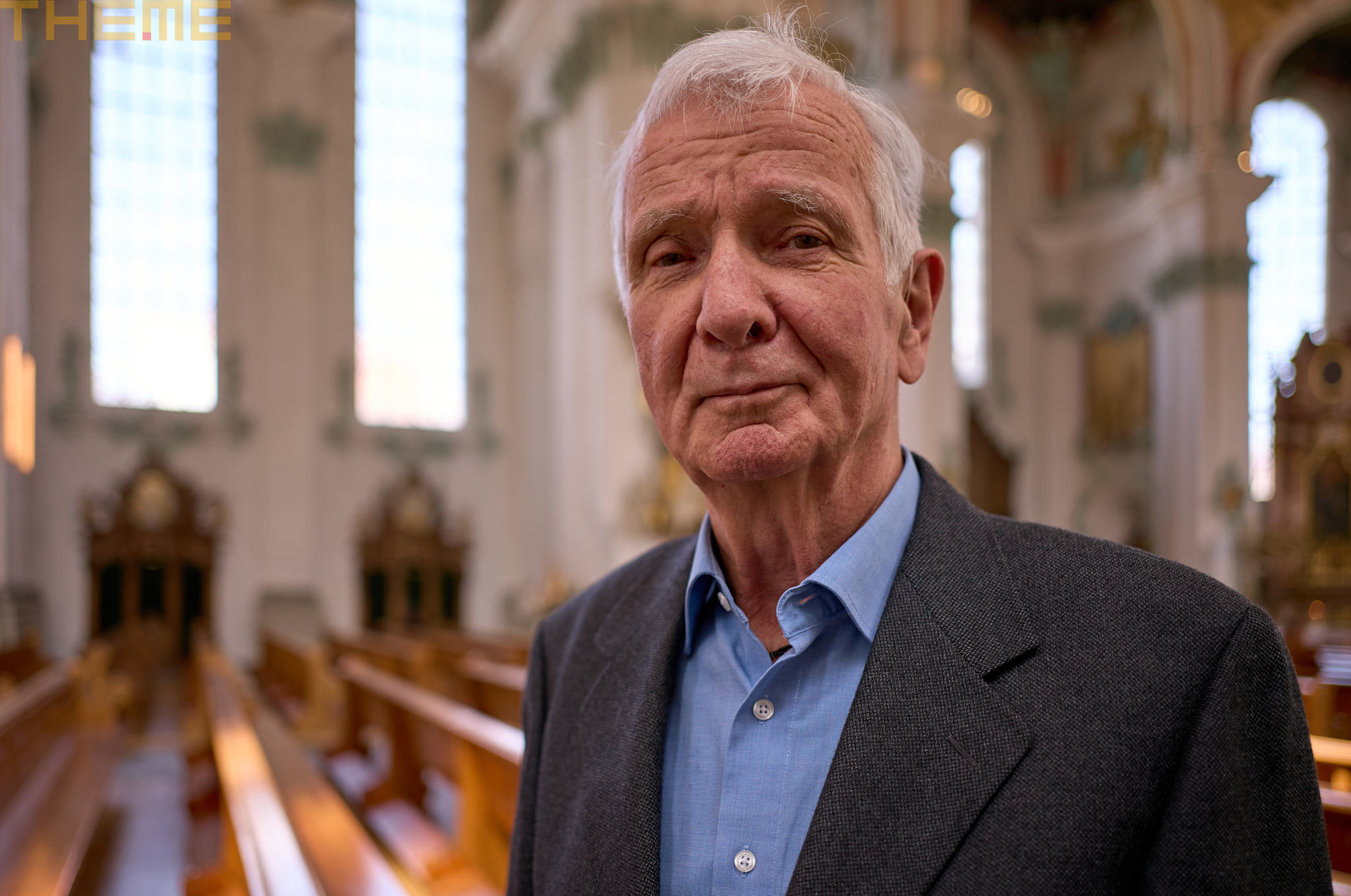
And, finally, some wedding observations on the sidelines:
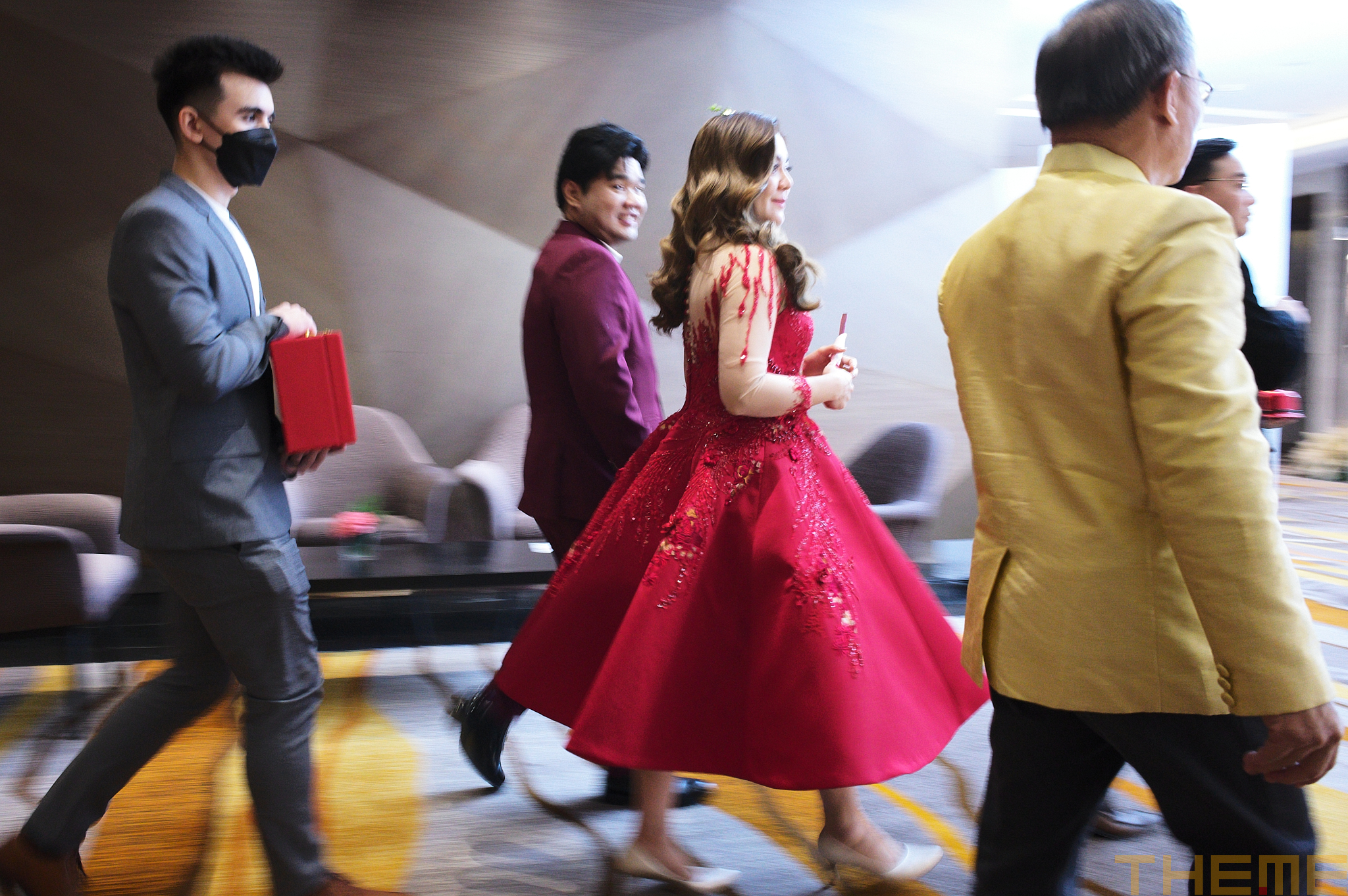
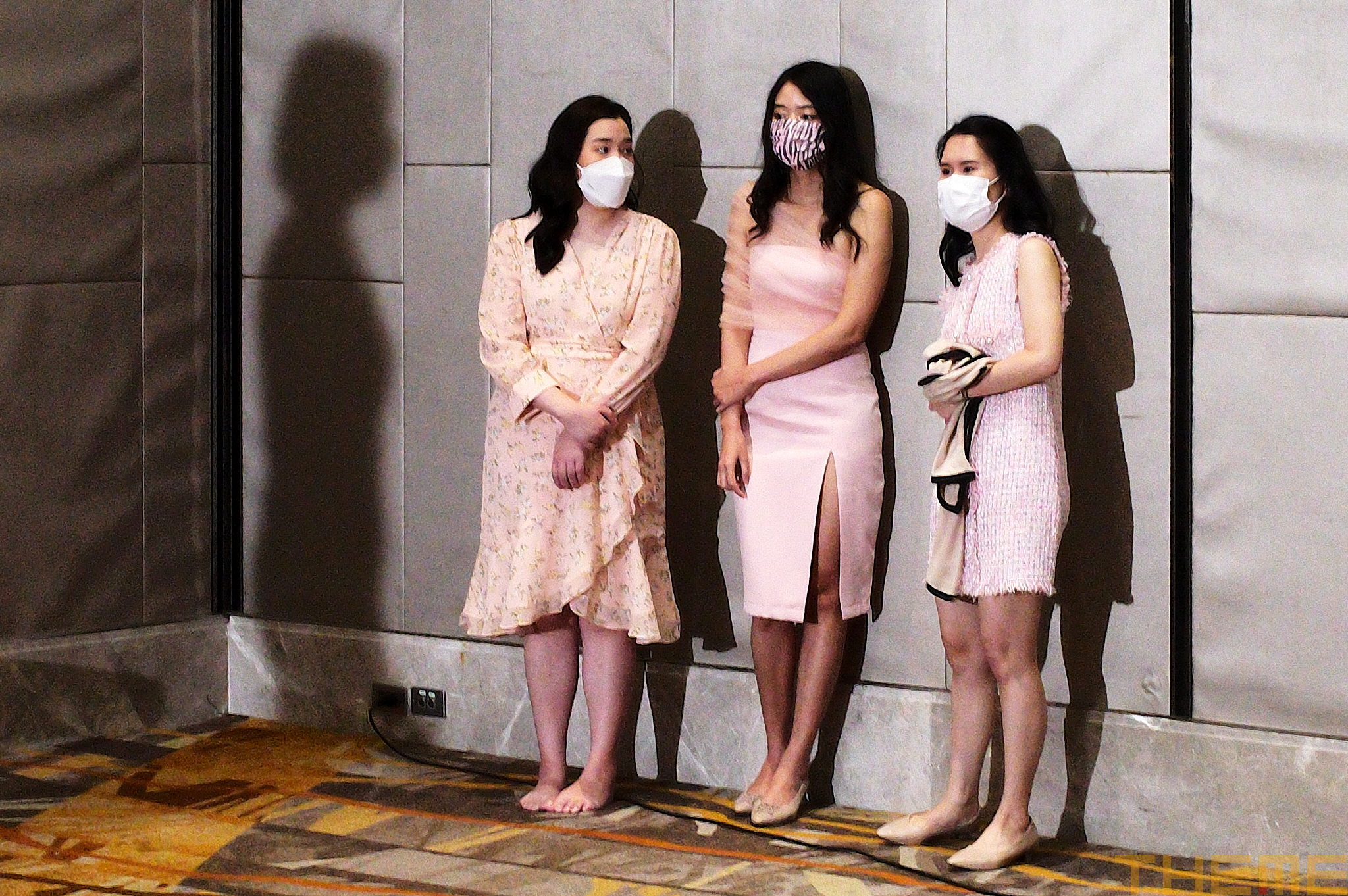
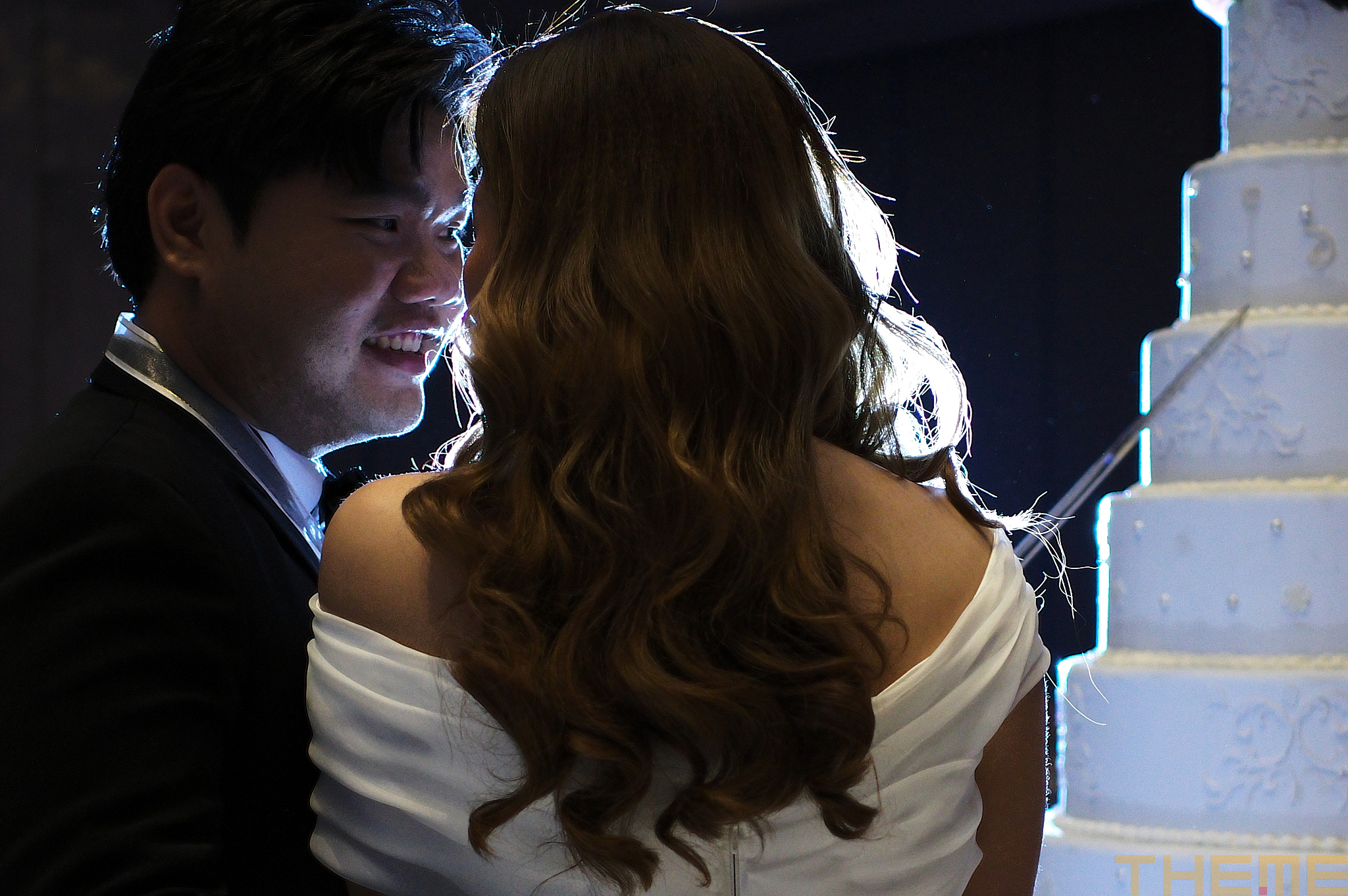
+++ A wide range of Leica products is available on Amazon and eBay – and of course B&H and Adorama have all Leica gear.


